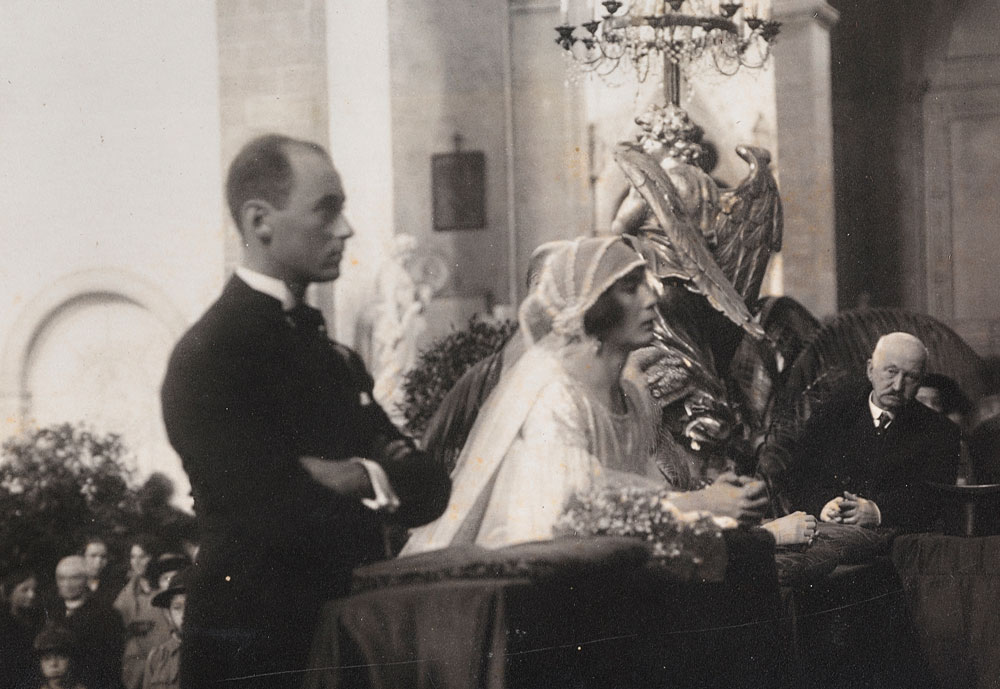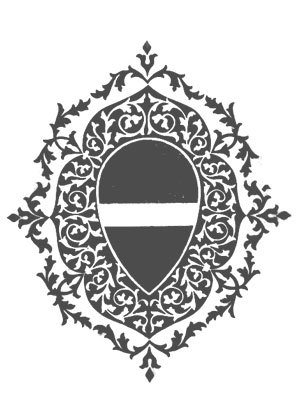The Serristori Family - Wide Horizons, Deep Roots
The fortunes of this noble Tuscan family can be traced to Ristoro Serristori, a notary from the town of Figline who moved to Florence in the mid 14th century and became a high-ranking public official.
Close associates of the city’s Medici rulers, Ristoro’s descendants would become merchant bankers, papal ambassadors and government ministers, creating commercial networks that stretched from Seville to Constantinople, and brokering important diplomatic treaties. The family’s entry into the world of wine came in 1639 when Florentine senator Antonio Serristori married the last heir of Niccolò Macchiavelli, inheriting the Chianti estate of Sant’Andrea in Percussina, where The Prince was written.
It was Antonio who, in around 1660, decided to improve another of his family’s possessions in the Maremma by building a villa here.

Marriage of Sofia Serristori and Uberto Bossi Pucci, Archivi Alinari, Firenze

In the 1830s, when the Grand Ducal foreign minister Luigi Serristori chose it as his main residence, the land around Le Ville Serristori began its transformation from family farm to grand aristocratic estate. Under Luigi’s descendants Alfredo and Umberto, the estate became a pioneering example of enlightened agricultural reform. It was Umberto’s wife Hortense who best embodied the wide cultural horizons the Serristoris brought to this remote corner of Tuscany: born in Spain, she became lady in waiting to Queen Elena of Italy.
